These are J. M. W Turner's 11 best paintings, as chosen by Britain's top curators, art historians and creative minds
Cold moonlight, golden sunset and shimmering waters are only three reasons to love Turner. On the 250th anniversary of his birth, curators, art historians and other creative minds reveal which of his paintings they’d hang on their walls and why.
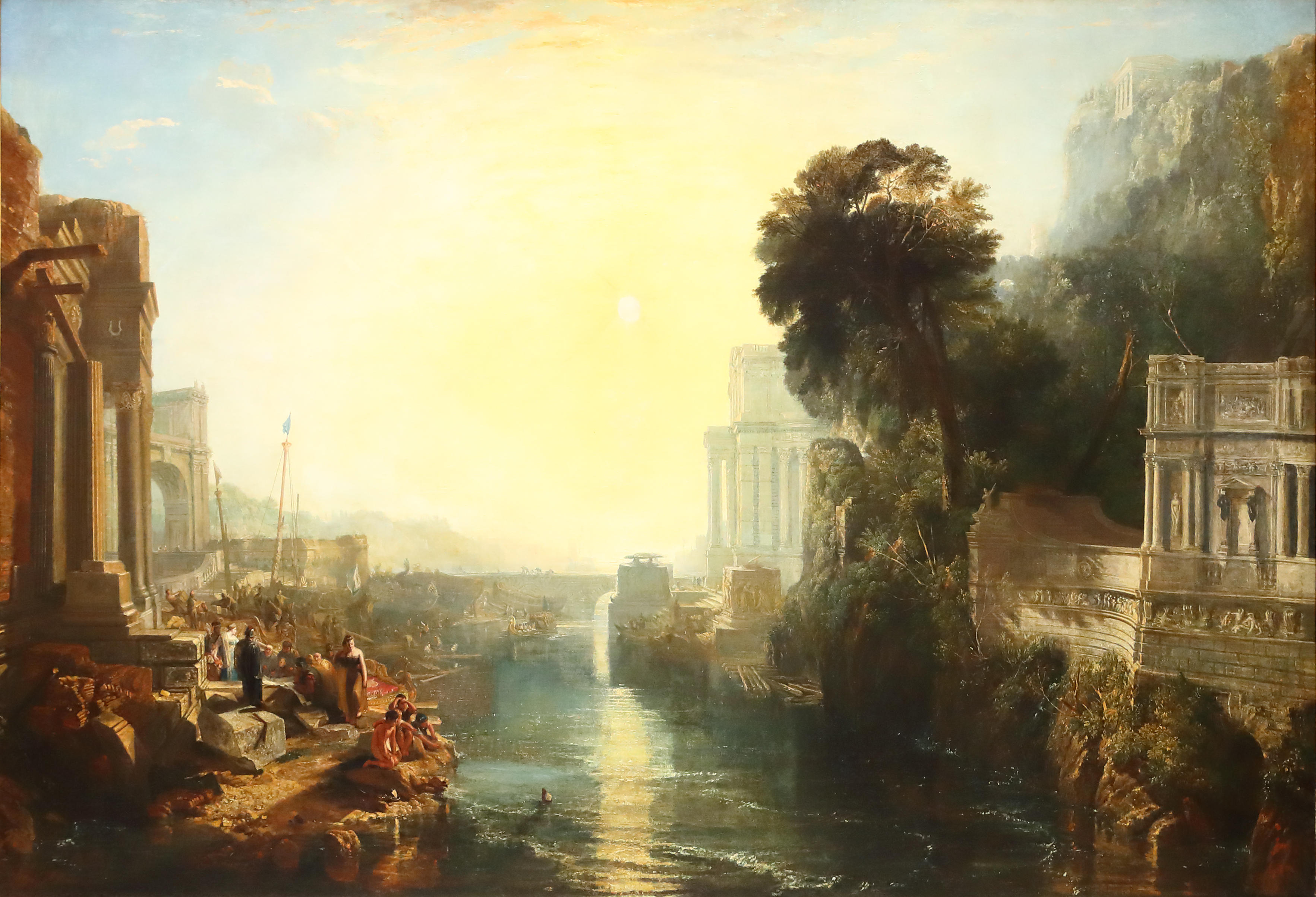

‘There is a Turner for everybody,’ says Amy Concannon, Manton senior curator of historic British art at Tate. ‘You can like his watercolours better than his oils. You can like his depictions of the sea. You can like his depictions of classical history. You can like The Fighting Temeraire. He's such a varied and versatile artist and that was one of his deliberate tricks. He wanted to prove that he could paint anything effectively.’
A quick look at the many works by Turner that people have chosen over the years for Country Life’s 'My Favourite Painting' confirms this. They are as diverse as Agrippina landing with the ashes of Germanicus (interior designer Lady Caroline Percy), Slave Ship–Slavers Throwing Overboard the Dead and Dying, Typhoon Coming On (curator Gilane Tawadros), View at Petworth (chef Fergus Henderson) and of course The Fighting Temeraire (author Simon Jenkins, Admiral Sir Ben Key) and Rain, Steam and Speed (chosen by TV host Jeremy Clarkson and actor and writer Sir Michael Palin, plus another vote below).
Here are more favourites picked by some of Britain’s top curators, scholars and other creative minds.
What? 'Rain, Steam, and Speed' (1844), The National Gallery, London
Who? Christine Riding, director of collections and research at The National Gallery
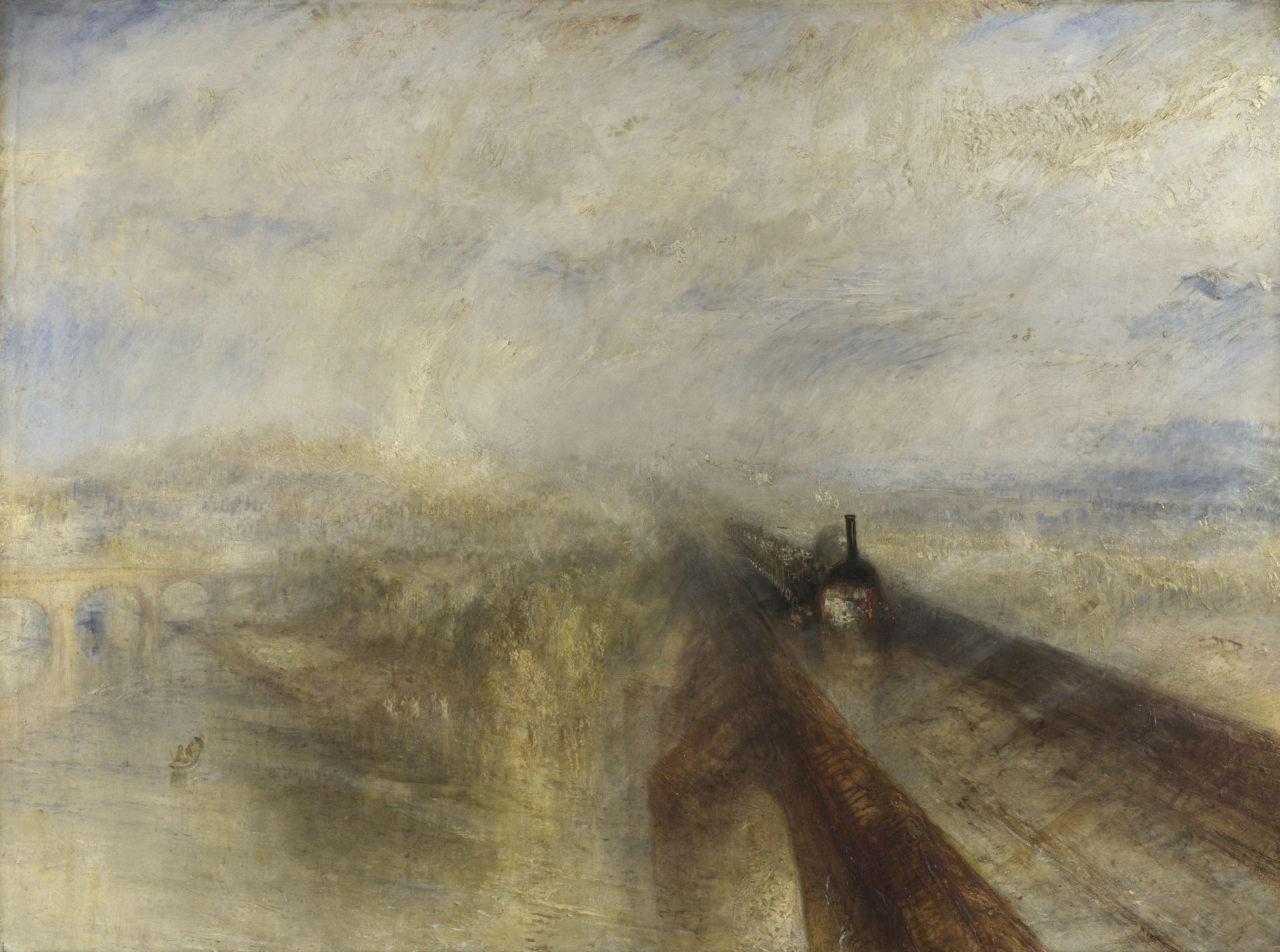
‘I love many paintings by Turner; he is so diverse, experimental and provocative, even today. But if I had to choose one, it’s Rain, Steam, and Speed—The Great Western Railway. Who else is painting like this in 1844? Answer: no one!’
What? 'Dido Building Carthage' (1815), The National Gallery
Will Gompertz, director of the Sir John Soane's Museum in London

'My problem is I lived with Turners for so long when I was at Tate — his seascapes, Slave ship is an amazing painting, I even love his self portrait. But if I really had to choose, [it would be] Dido Building Carthage. It's a beautiful representation of history while feeling incredibly modern, with that abstract skyscape and the atmospheric conditions that he managed to generate, the fabled view, the sun shimmering on the water, so reminiscent of what Monet would then do about 70 years later. I think if I had to have it pinned, that's probably the one I’d stick with most happiness to my wall.'
What? 'View of Belvoir Castle' (1816), Belvoir Castle, Leicestershire
Who? Lady Violet Manners, founder and CEO of HeritageXplore, a discovery and booking platform for Britain’s independently-owned heritage sites
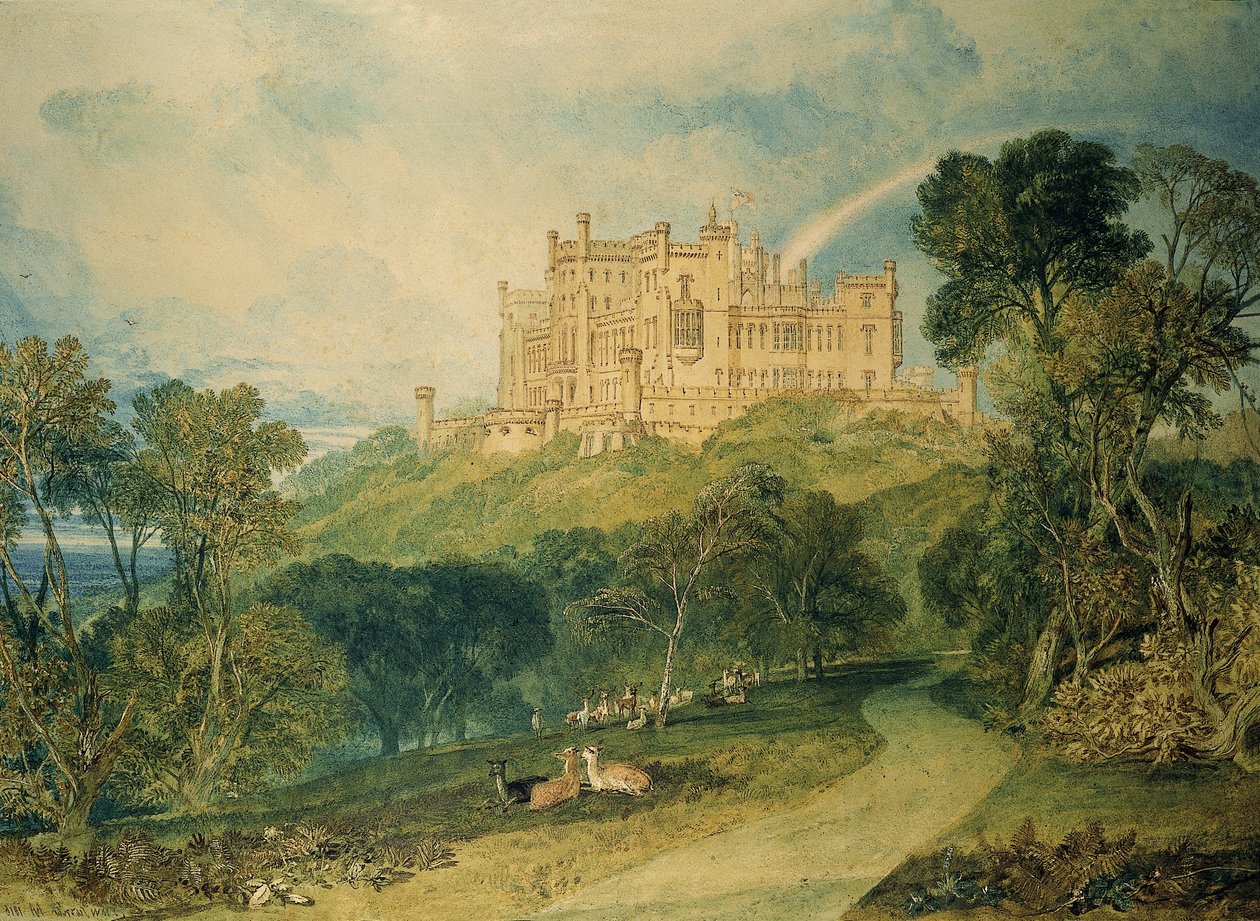
‘I am biased, of course, but I would have to choose Turner’s famous View of Belvoir Castle. From a very young age, when we first moved into Belvoir, this painting captured my attention. It feels both intimately familiar and yet strangely distant from the castle that still stands today. The deer scattered across the driveway and park are a striking distinction, a reminder of a different time, but it’s the driveway itself — once the grand arrival route to the castle, now unused and long gone — that always stays with me. Looking at Turner’s vision of Belvoir creates a fascinating tension between familiarity and estrangement. It never fails to stir a deep nostalgia in me — nostalgia for a time I never knew, yet somehow long for whenever I see this painting.'
What? 'Keelmen heaving in coals by moonlight' (1835), National Gallery of Art, Washington, US
Who? Amy Concannon, Manton senior curator of historic British art at Tate
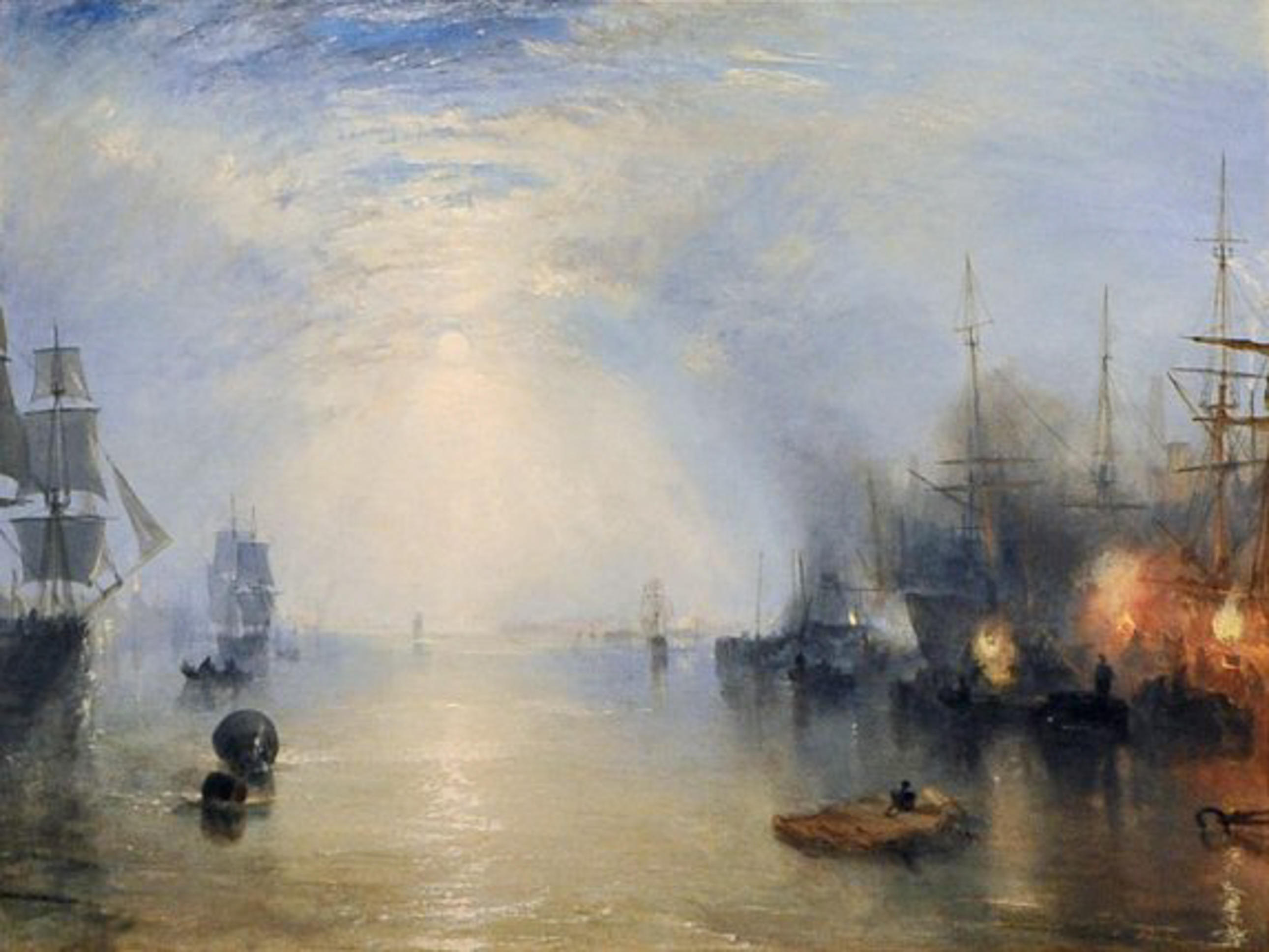
‘My ultimate favorite is Keelmen heaving in coals by moonlight. For me, it summarises everything Turner was brilliant at. Cold moonlight is a difficult thing to get right for an artist and he manages to do that — that beautiful blue sky — but he's also telling us about contemporary Britain. It's a very lyrical reflection on a time of change, old ways of working giving way to new [ones], because that particular mode of transporting coal would give way to railways. They're on the cusp of change and the moonlight there is significant: the sun has set on a on a traditional occupation.'
Exquisite houses, the beauty of Nature, and how to get the most from your life, straight to your inbox.
What? 'Snow Storm: Hannibal and his Army Crossing the Alps' (1812), Tate Britain
Who? Charlotte Mullins, art historian and Country Life contributor
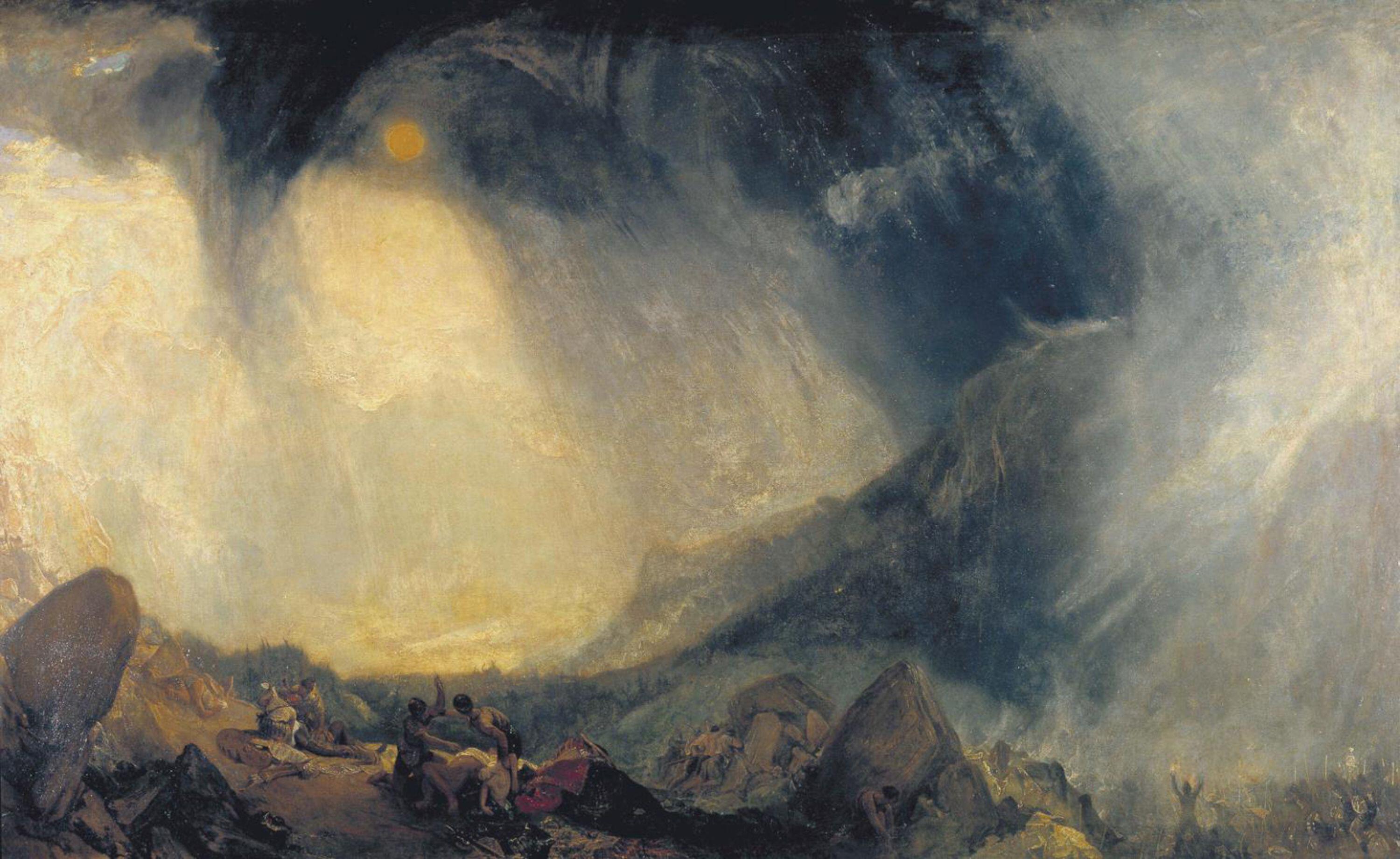
‘I love many of Turner’s later experiments with colour, but the painting that never ceases to send a tingle up my spine is his 1812 Snow Storm: Hannibal and his Army Crossing the Alps. The army seems so insignificant against the might of the storm, which arches above like a devastating tsunami.'
What? 'The Battle of Trafalgar, 21 October 1805' (1823-24), National Maritime Museum, Greenwich, London
Who? Alice Loxton, historian, presenter and author
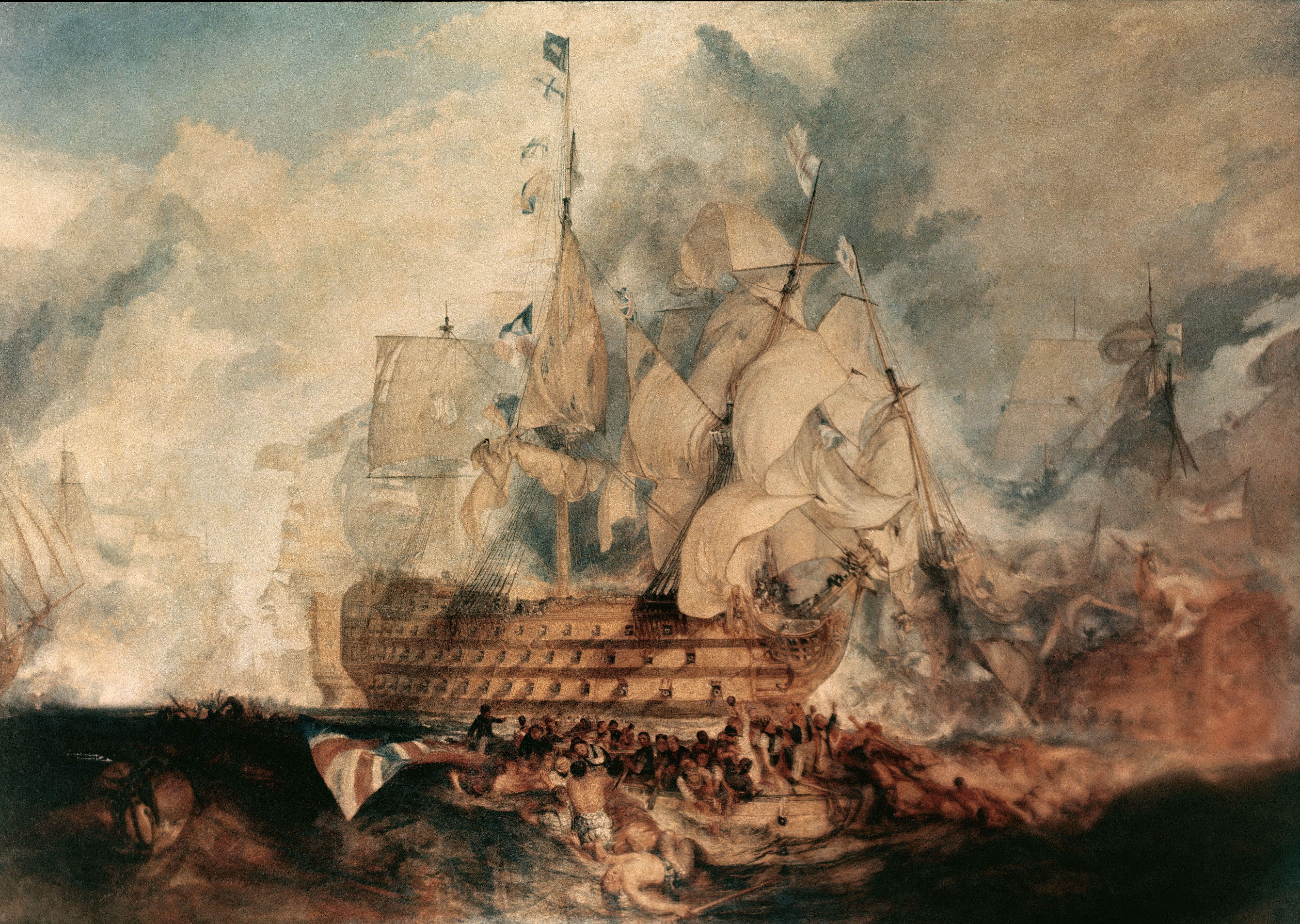
'The Battle of Trafalgar, 21 October 1805 is a tumultuous, terrifying drama, brilliantly capturing the chaos of naval warfare. I love the ambiguity. Is that a billowing sail, ripped by the wind, or a thunderous cloud? Is that rigging plunging into the water, or dark shadows on the waves? As the great forces of nature and mankind are thrown together, hundreds of tiny, writhing figures desperately cling on for survival, and some have already succumbed to their watery grave.'
What? 'The Burning of the Houses of Lords and Commons, 16th October, 1834' (1834-35), Philadelphia Museum of Art, Philadelphia, US
Who? Jennifer Francis, director, Turner’s House, Twickenham
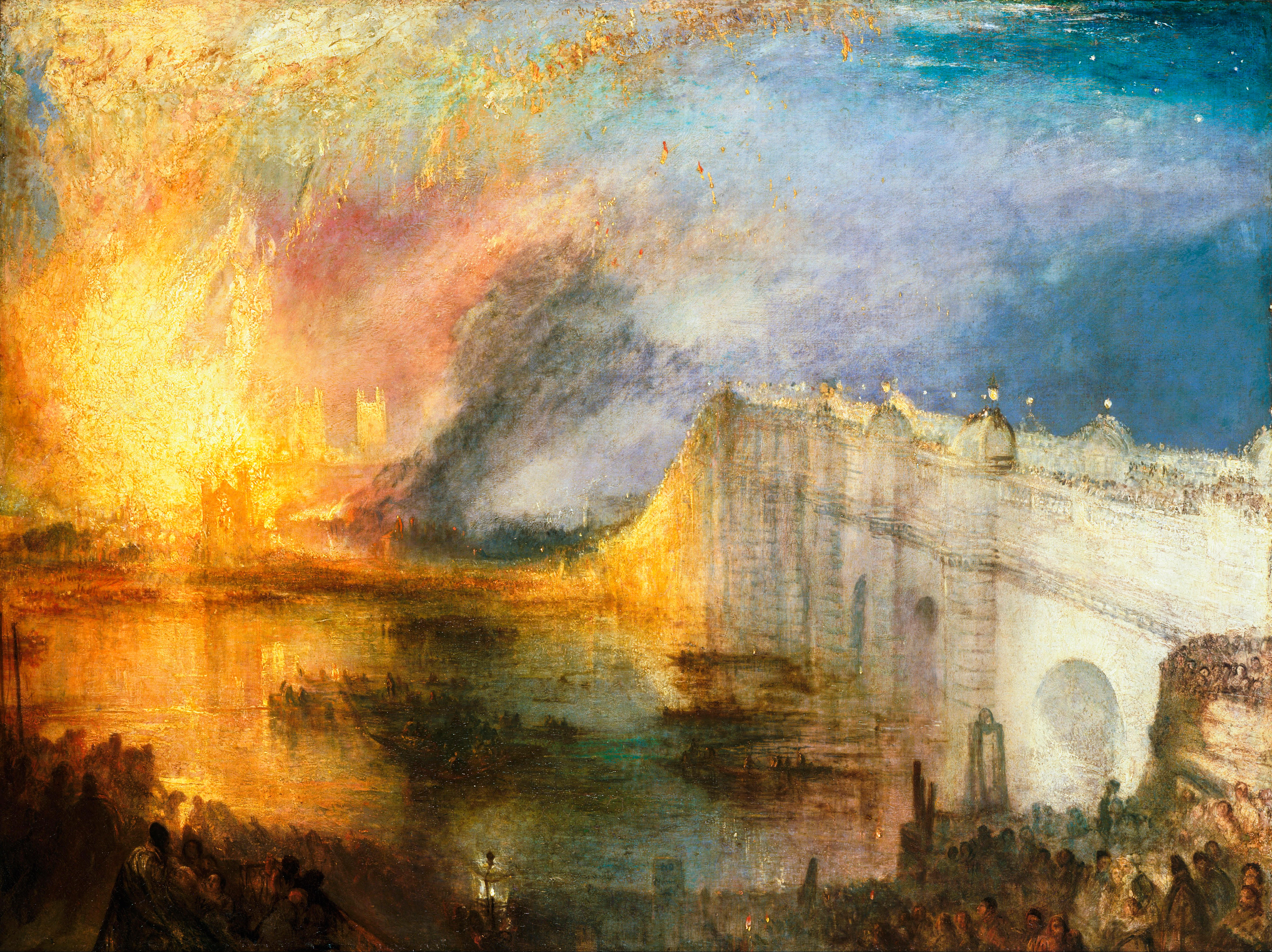
‘My favourite is The Burning of the Houses of Lords and Commons, 16th October, 1834, because I love the way he brings together the yellows, oranges and reds in a cacophony of colour. When I worked there [at the Philadelphia Museum of Art], wandering through the galleries was a favourite pastime and I always felt a sense of comfort when I came face to face with it.'
What? 'Ulysses Deriding Polyphemus' (1829), The National Gallery
Who? Franny Moyle, author of 'The Extraordinary Life and Momentous Times of J.M.W. Turner' and trustee of Turner’s House
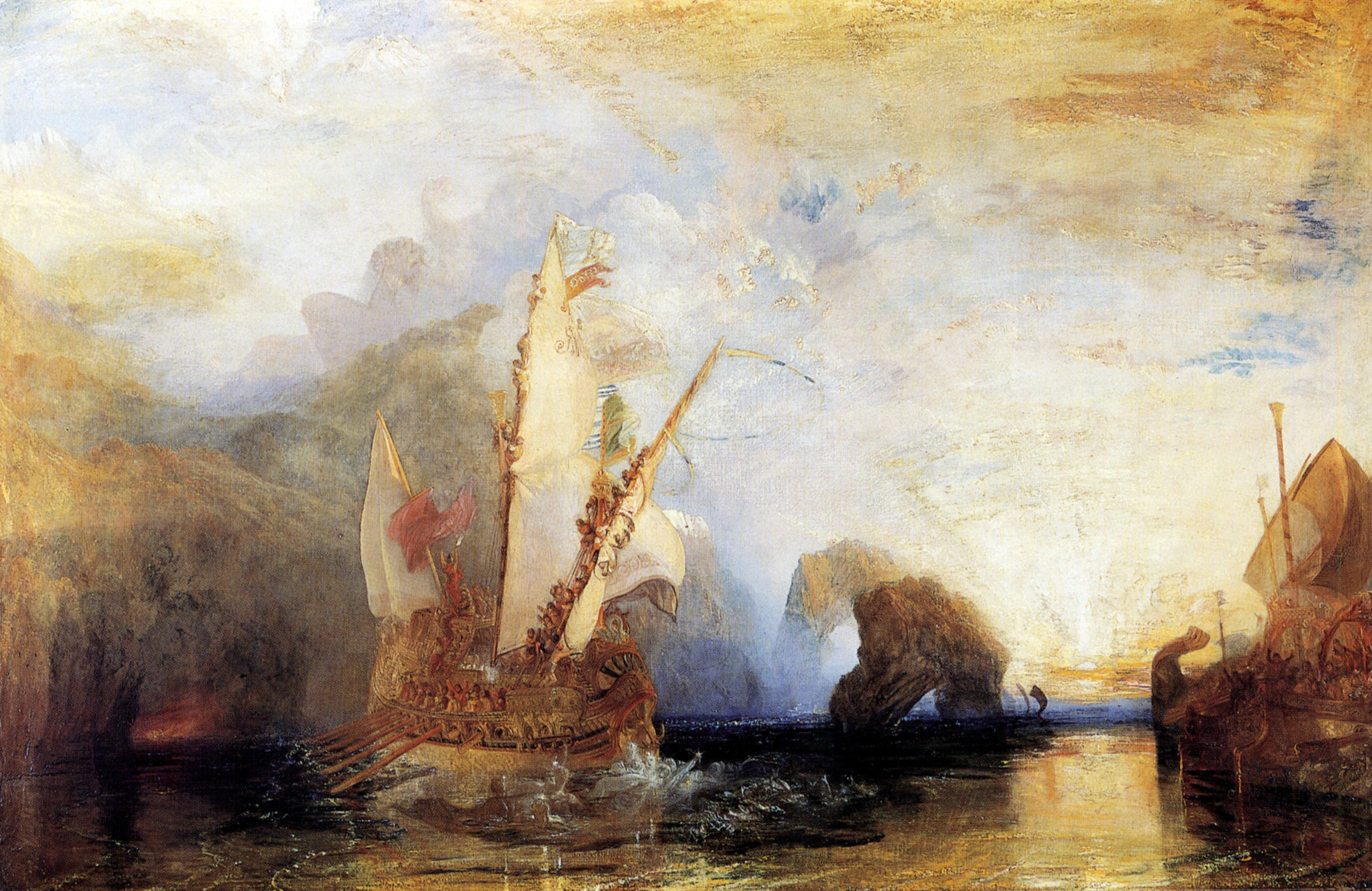
‘I adore his painting of Ulysses Deriding Polyphemus. [It] reminds us that this funny little guy of simple tastes was immersed in the classics. That particular painting is this most wonderful collision of his observation of water and mountains and ships and all the things that made him tick, but placed within the imaginary context of Greek tales from Homer — it’s an absolute stunner.'
What? 'The Fighting Temeraire'
Who? Dame Zandra Rhodes, fashion designer
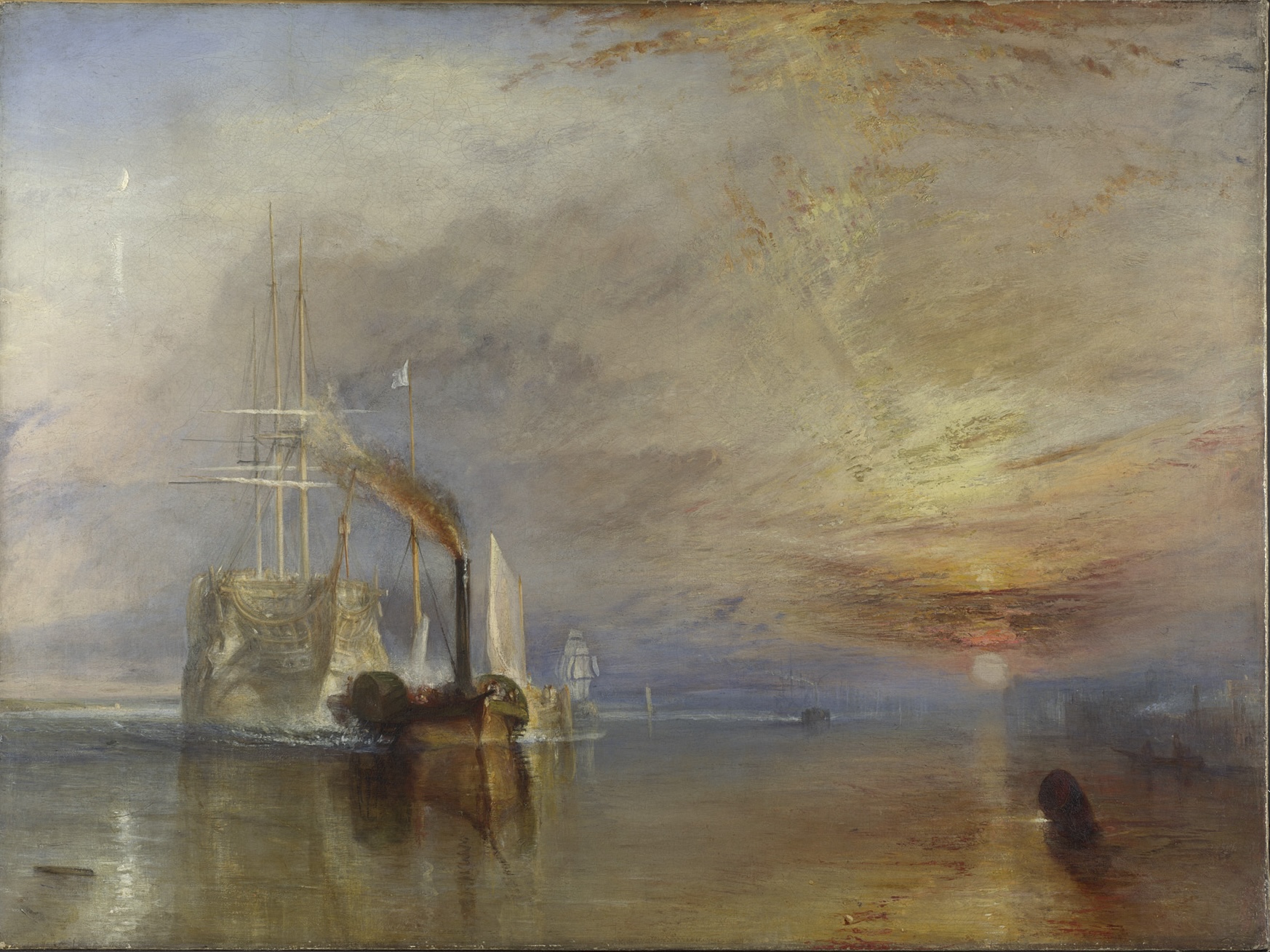
'I adore all of Turner's paintings, but I especially love The Fighting Temeraire for its golden sunset and ethereal, dreamlike quality. It is so dramatic! I recently spent time with it at the National Gallery in London.'
What? 'The Grand Canal, Venice, with Santa Maria della Salute and the Palazzo Corner della Cà Grande' (1840) Tate (currently on loan to Museum of Art Pudong, Shanghai, China)
Who? Guy Peppiatt, art dealer and Turner’s House trustee
‘As a works-on-paper specialist, I think Turner’s genius lies in his watercolours drawn from Nature. They look so simple but no other artist before or since has mastered the medium in quite the same way. I could have chosen many of his studies of sky or sea, but have plumped for this view of Venice, my favourite city. A secondary reason is that at home I have a copy of this watercolour by Hercules Brabazon Brabazon.'
What? 'Sea View' (mid 1820s), Vaughan Bequest, National Galleries of Scotland
Who? Mary Miers, president of the Architectural Heritage Society of Scotland and Country Life’s former Fine Arts and Books editor
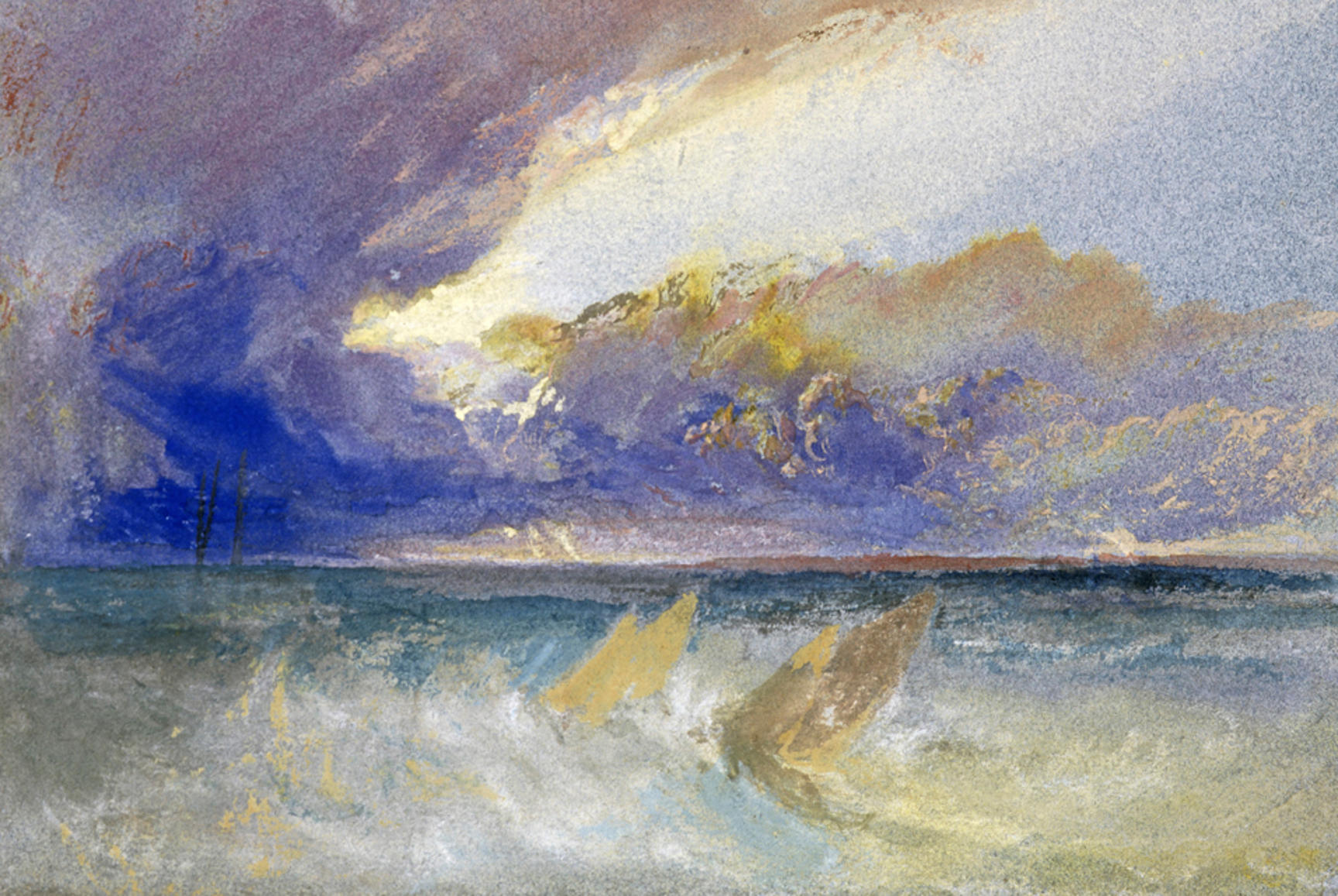
'I’ve opted for this exquisite study because I’m captivated by Turner’s ability to use colour so atmospherically on such a small scale. Just looking at it fills me with the exhilaration of being on the coast on a windy day. His rendering of the sky is so bold — no other painters ‘had dared to paint, none seem to have seen … the purple,’ enthused Ruskin, who credited Turner with ‘the perfection of the colour chord’. I love the Impressionistic sailing boats glinting in the sunlight and am intrigued by the faint masts on the horizon. They seem to hint at the coming of the wind turbines that mar our sea views today. What would Turner have made of them, I wonder?’
What? 'Two Figures' (1827), Tate
Who? Diane Howse, Countess of Harewood and an artist
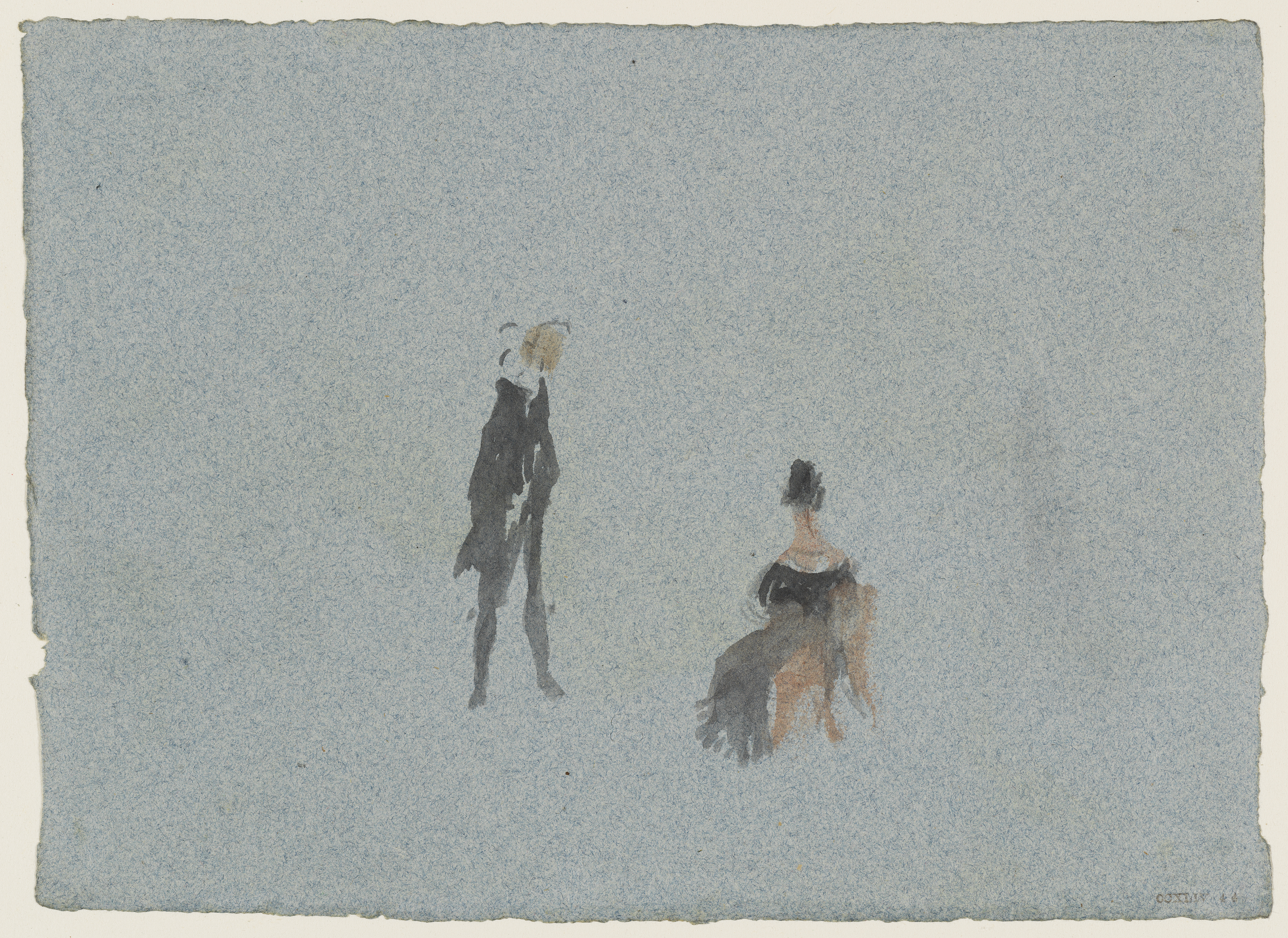
‘My favourite work by Turner? How to choose when there are so many phenomenal works? One that I often return to is Sunrise with Sea Monsters (about 1845, Tate) a mysterious and truly extraordinary painting. But a favourite at the moment is a small watercolour sketch of Two Figures, which is showing in our exhibition ‘Austen and Turner: A Country House Encounter’. It’s a simple, pared back image of a man standing and a woman seated with her back to the viewer, isolated on the blue surface of the paper. It’s acutely observed and quickly drawn with a just few marks but invites us into a whole world of human interaction and intrigue raising questions we can never know the answers to.'
Harewood House is celebrating the 250th birth anniversary of Turner and Jane Austen, both of which fall this year, with a double-theme exhibition: 'Austen and Turner: A Country House Encounter', which delves into the work of the two titans of the arts.
Carla must be the only Italian that finds the English weather more congenial than her native country’s sunshine. An antique herself, she became Country Life’s Arts & Antiques editor in 2023 having previously covered, as a freelance journalist, heritage, conservation, history and property stories, for which she won a couple of awards. Her musical taste has never evolved past Puccini and she spends most of her time immersed in any century before the 20th.
-
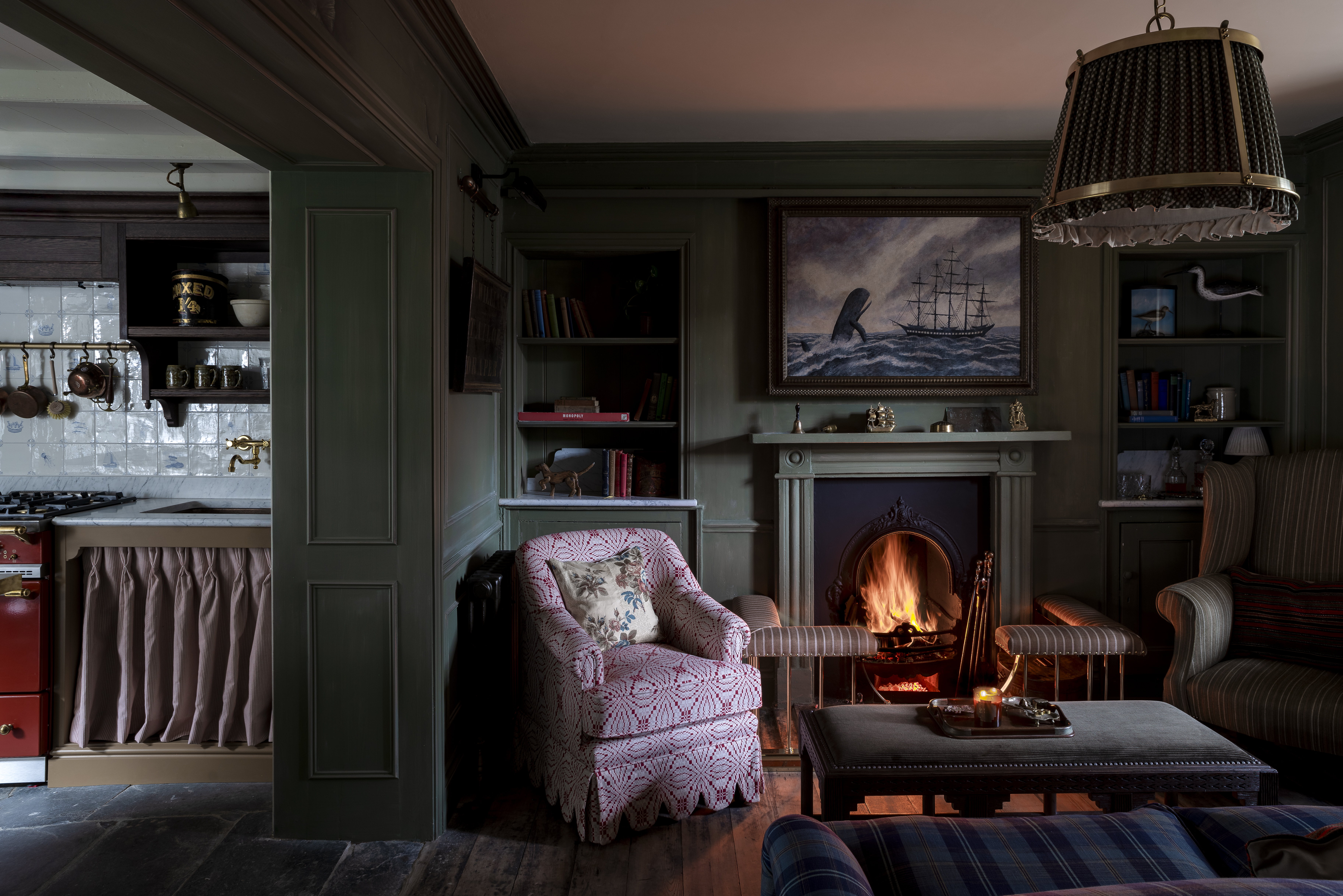 'Comfortable, cosseting and far from the madding crowd': The recently refurbished Cornish cottage that proves Victorian decor is making a comeback
'Comfortable, cosseting and far from the madding crowd': The recently refurbished Cornish cottage that proves Victorian decor is making a comebackPlum Cottage in Padstow, Cornwall, has been brought to life by Jess Alken and her husband, Ash — and is the latest addition to their holiday cottages on the north Cornish coast.
-
 How to make The Connaught Bar's legendary martini — and a few others
How to make The Connaught Bar's legendary martini — and a few othersIt's the weekend which means it's time to kick back and make yourself an ice cold martini — courtesy of The Connaught Bar.
-
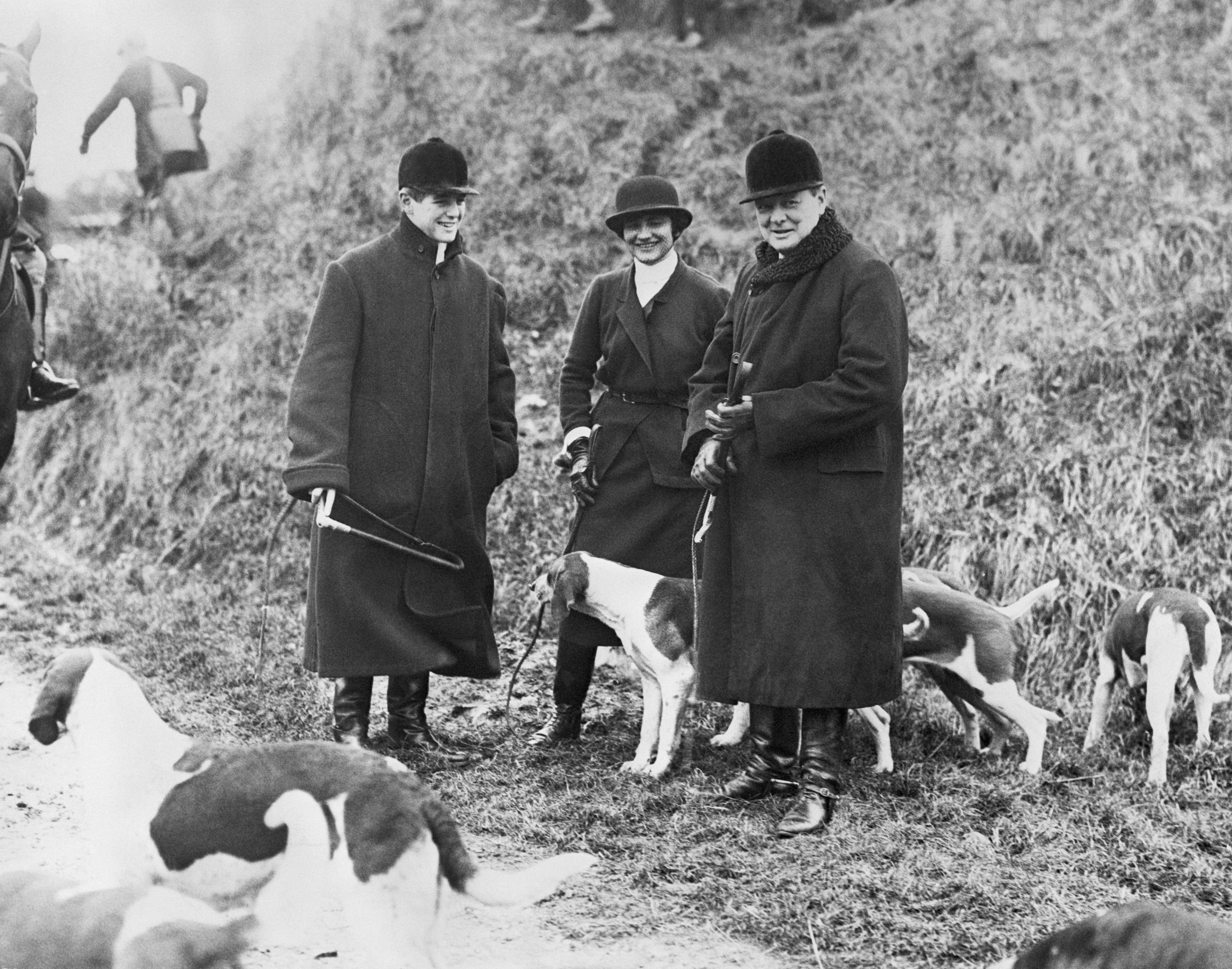 Coco's crush: Chanel's century-long love affair with Britain and its men
Coco's crush: Chanel's century-long love affair with Britain and its menFor the past 100 years, Chanel — the person and the brand — has left an indelible mark on the UK and its cultural institutions. Amie Elizabeth White takes a look at how the relationship came to be.
-
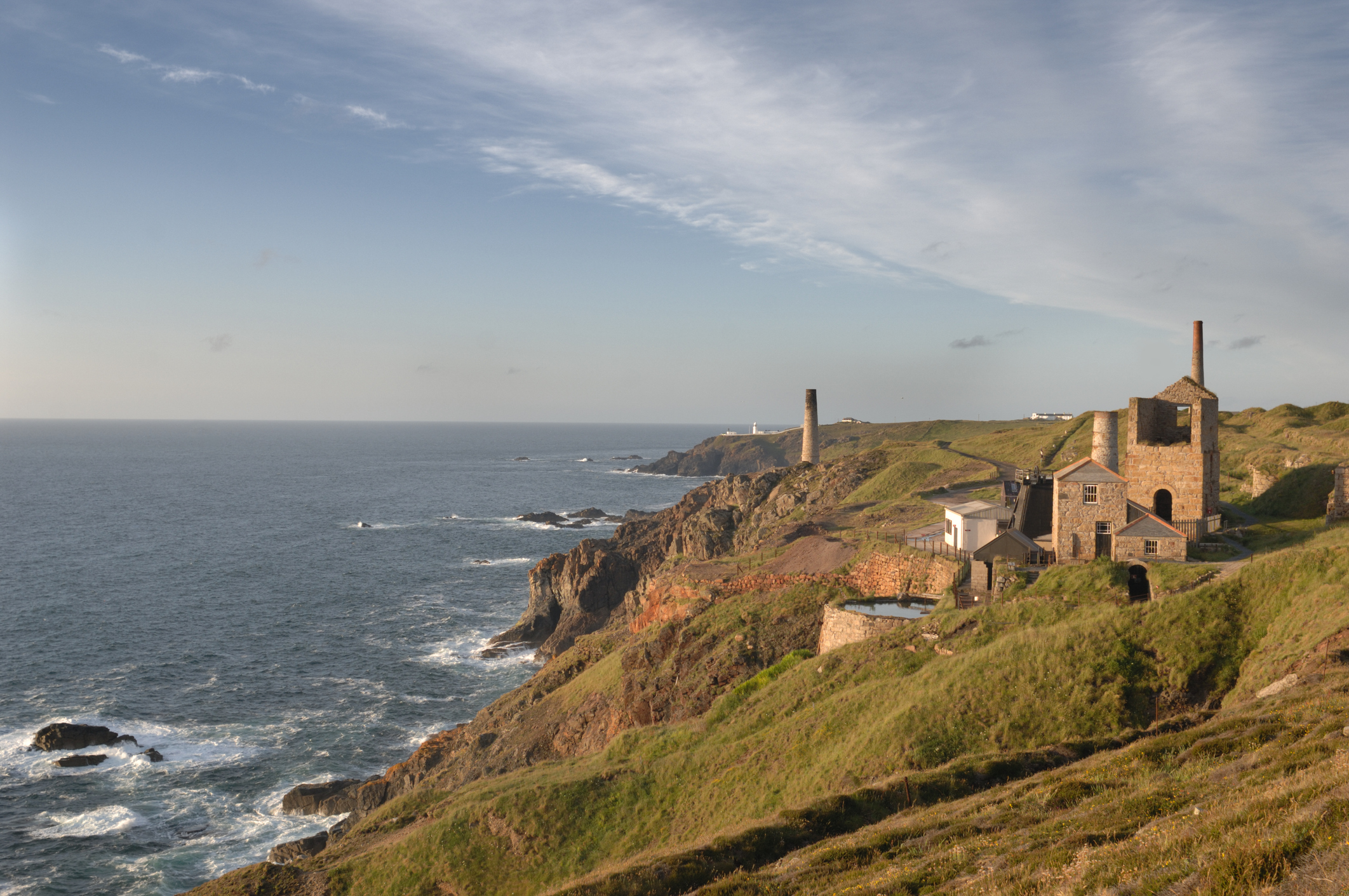 Corinne Fowler: Exploring the hidden history of the British countryside, one walk at a time
Corinne Fowler: Exploring the hidden history of the British countryside, one walk at a timeProfessor Corinne Fowler joins the Country Life Podcast.
-
 Why society needs snobs to tell us that 'actually, we've got this terribly wrong'
Why society needs snobs to tell us that 'actually, we've got this terribly wrong'Necessary arbiters of taste or entitled has-beens? Will Hosie discusses the implications of society turning against its snobs.
-
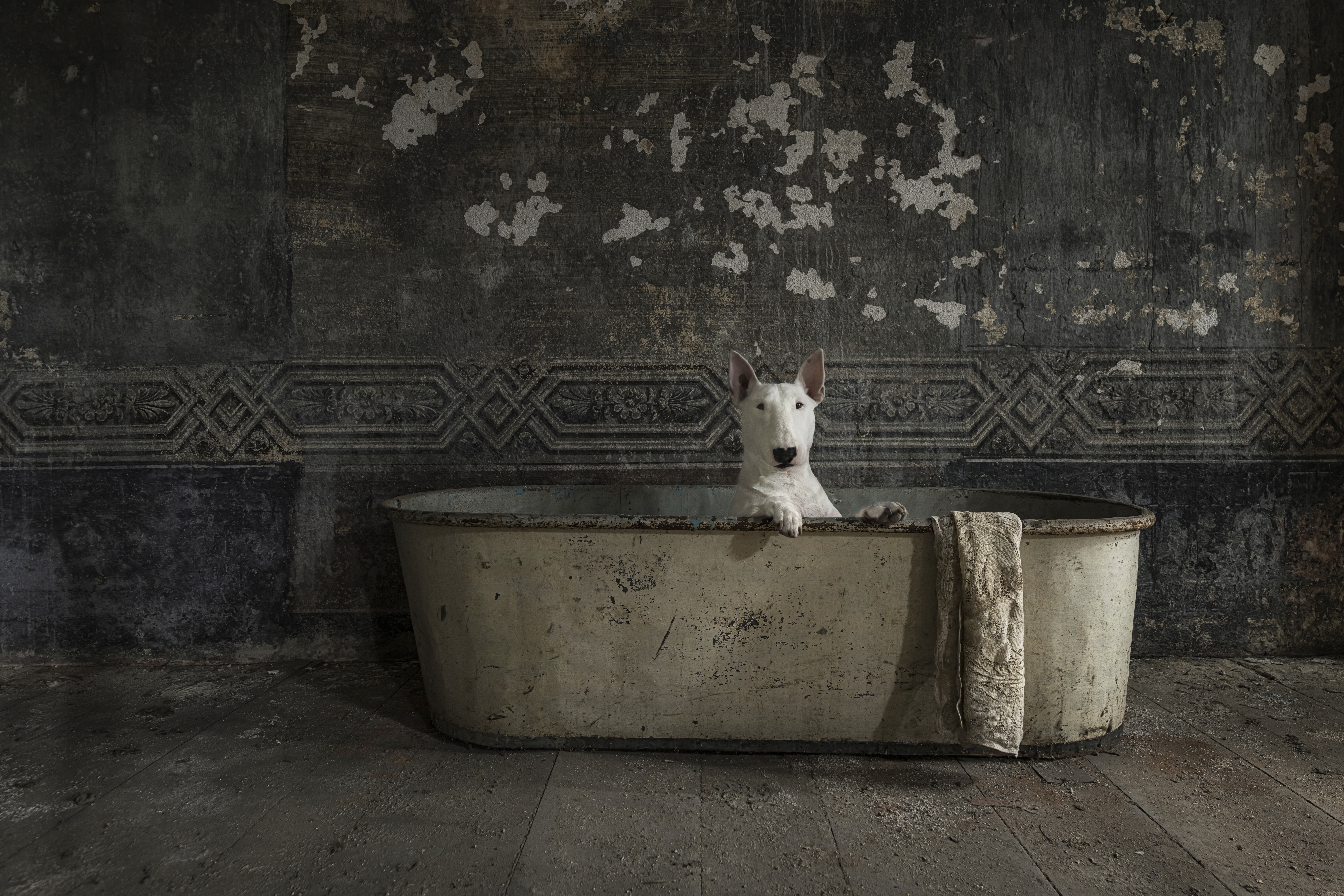 Canine muses: The English bull terrier who helped transform her owner from 'a photographer into an artist'
Canine muses: The English bull terrier who helped transform her owner from 'a photographer into an artist'In the first edition of our new, limited series, we meet the dogs who've inspired some of our greatest artists.
-
 The successor to the 'most beautiful car of the 20th century' is smooth, comfortable... and ends up highlighting everything that's wrong in car design today
The successor to the 'most beautiful car of the 20th century' is smooth, comfortable... and ends up highlighting everything that's wrong in car design todayThe DS No. 4 traces its lineage back to the Citroën DS, a car so extraordinary that people described it as looking 'as if it had dropped from the sky'. And while the modern version is more friendly to the earth, says Toby Keel, it's also worryingly earthbound.
-
 Richard Rogers: 'Talking Buildings' is a fitting testament to the elegance of utility
Richard Rogers: 'Talking Buildings' is a fitting testament to the elegance of utilityA new exhibition at Sir John Soane's museum dissects the seminal works of Richard Rogers, one of Britain's greatest architects.
-
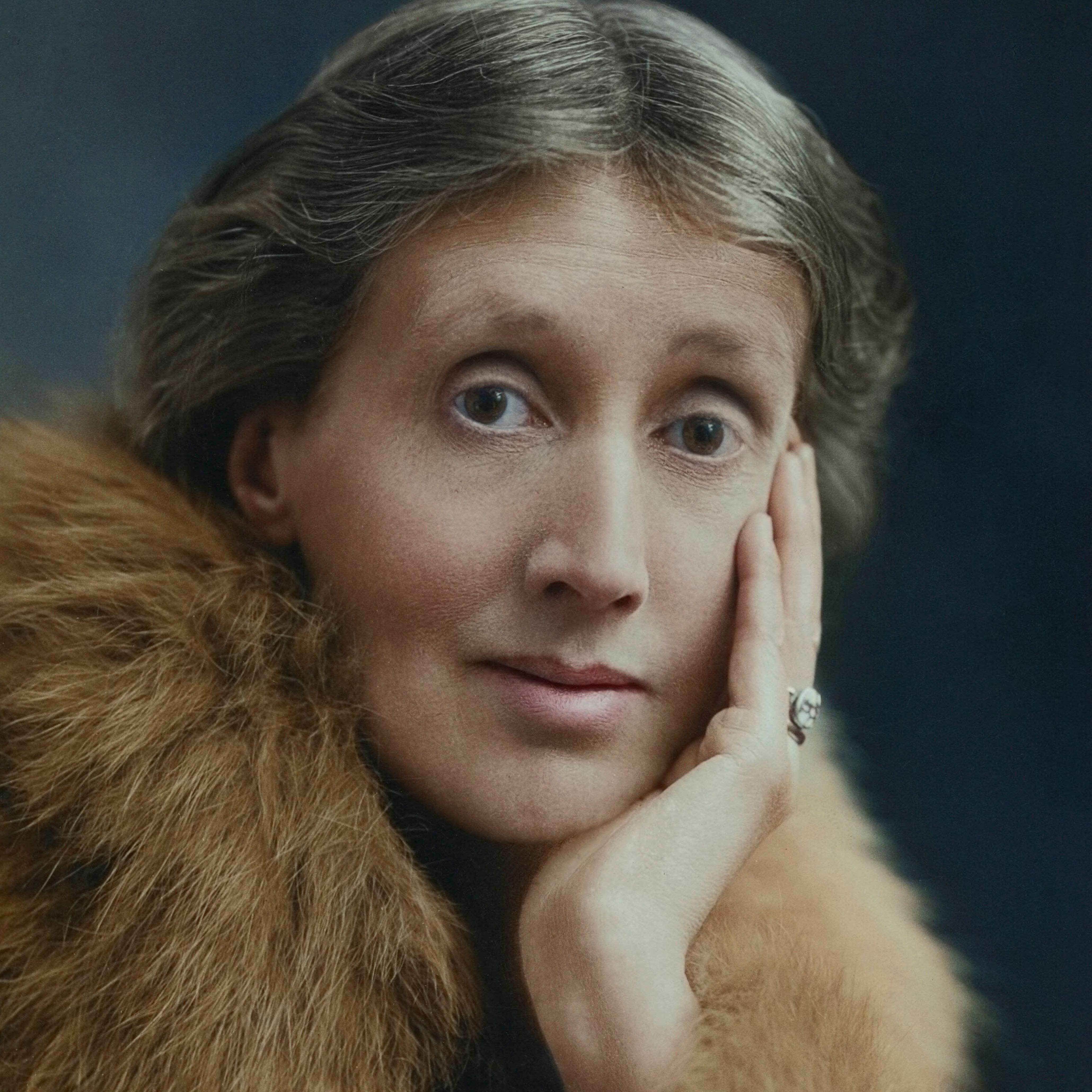 ‘The perfect hostess, he called her’: A five minute guide to Virgina Woolf’s ‘Mrs Dalloway’
‘The perfect hostess, he called her’: A five minute guide to Virgina Woolf’s ‘Mrs Dalloway’To mark its centenary, Lotte Brundle delves into the lauded writer’s strange and poignant classic, set across a single summer’s day in 1920’s London.
-
 'I take a box of watercolours and a sketchpad with me everywhere': Tess Newall's consuming passions
'I take a box of watercolours and a sketchpad with me everywhere': Tess Newall's consuming passionsDecorative artist Tess Newall, best known for her bespoke murals and furniture, talks to Country Life about her prized collection of painted plates, her love of Thin Lizzy and her eclectic podcast taste.
